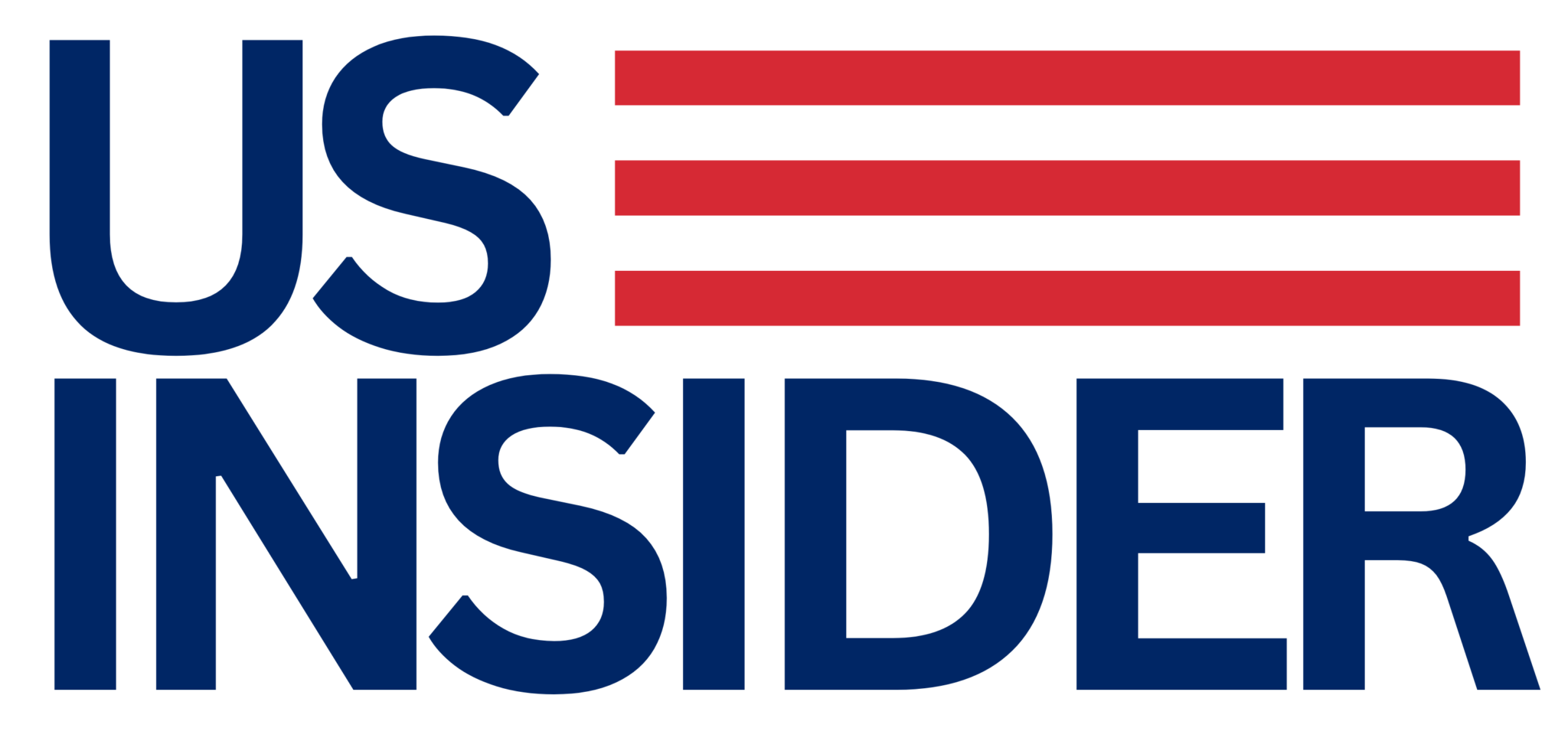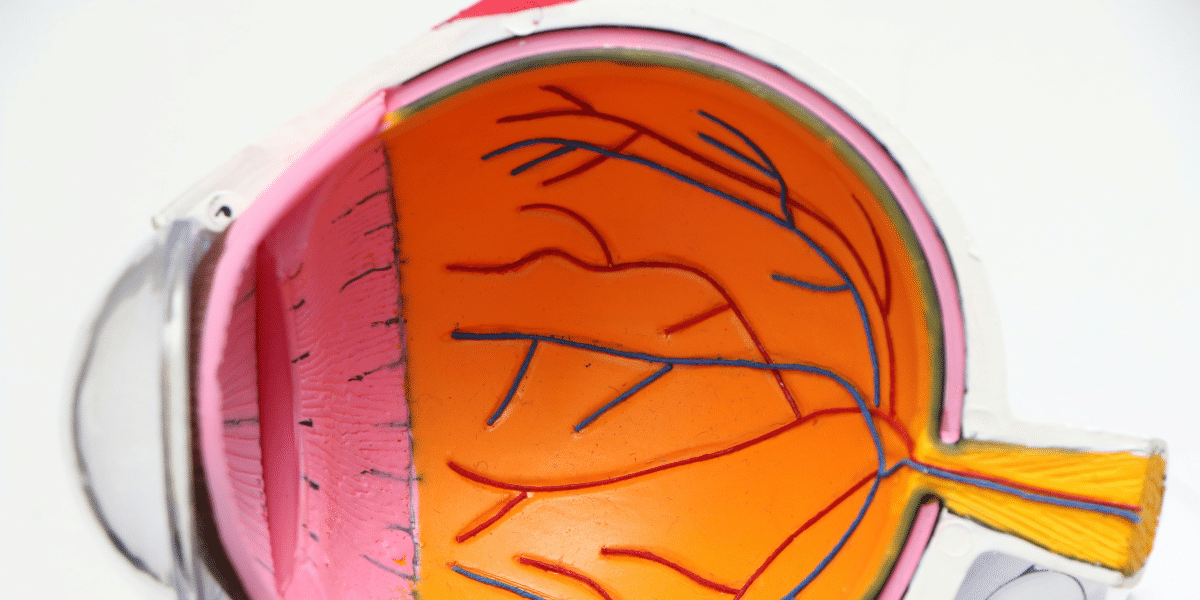By: John Glover (MBA)
For many teenagers, the question of identity can feel overwhelming. “Who am I?” and “Where do I fit in?” are questions that often linger during these formative years. With academic pressures, social expectations, and the looming thought of future careers, it’s easy to become uncertain about one’s own abilities. This is where self-assessment becomes an essential tool. By understanding their strengths and weaknesses, teens can build the foundation for self-confidence and develop a clearer sense of purpose.
This article delves into the importance of self-assessment, focusing on how teens can gain a deeper understanding of their abilities, set meaningful goals, and ultimately shape their paths with confidence.
Why Self-Assessment Matters for Teens
Self-assessment goes beyond simply recognizing what you are good at or where you might struggle. It is an intentional process of evaluating your skills, interests, values, and aspirations. When teens invest time in understanding themselves, they gain a clearer picture of their strengths and weaknesses, which leads to a more realistic sense of self. This can be particularly empowering for those who feel uncertain about where they fit in, as self-awareness serves as the first step toward building genuine confidence.
One way to approach self-assessment is to think about it in terms of self-discovery. For teens, this process can be like a personal exploration that reveals how their unique combination of skills and traits can influence not only their career paths but also their relationships, academic success, and overall well-being. By pinpointing areas of strength, teens can focus on honing these skills further. Conversely, identifying weaknesses enables them to either improve in these areas or adjust their goals to leverage their strengths more effectively.
Finding Your Strengths: What Are You Good At?
Identifying personal strengths is a critical component of self-assessment. Teens can start by reflecting on their successes and achievements. For instance, consider academic subjects that come easily, extracurricular activities where they excel, or social skills that they often receive compliments on. Self-assessment tools provide structured exercises that guide teens through this process, encouraging them to look at their strengths from multiple perspectives—personal, academic, and social.
Exercises to Identify Strengths:
- Reflect on Past Experiences: Write down three times when you felt proud of your accomplishments. What skills did you use? What personal qualities helped you achieve this success?
- Ask for Feedback: Talk to friends, family, and teachers. Ask them what they believe your greatest strengths are. Often, others can see positive attributes that you may overlook.
- Use Self-Assessment Tools: Personality tests, such as 16Personalities test and career assessment quizzes can highlight strengths that align with various careers or activities. By identifying strengths, teens can gain a sense of where their natural abilities lie, which boosts self-assurance and allows them to pursue areas where they are likely to excel.
Acknowledging Weaknesses: Areas for Improvement
Understanding your weaknesses is just as important as recognizing your strengths. However, it’s crucial to approach this with a growth mindset. Weaknesses are not fixed limitations; they are opportunities for development. Teens can use self-assessment to identify areas that may require additional attention, whether that’s improving study habits, enhancing communication skills, or working on time management.
Strategies to Address Weaknesses:
- Set Realistic Goals for Improvement: Break down areas of weakness into smaller, manageable goals. If you struggle with organization, start by focusing on keeping track of assignments in a planner.
- Leverage Your Strengths: Use your strengths to compensate for weaknesses. For example, if a teen is a strong visual learner but struggles with reading comprehension, incorporating diagrams and visual aids into study sessions can help.
- Seek Support: Don’t hesitate to ask for help. Whether it’s a tutor, mentor, or peer, seeking guidance shows maturity and a willingness to improve. Acknowledging weaknesses without judgment encourages self-compassion and shows teens that they have the power to take control of their growth.
Setting Realistic Goals: Building on Strengths and Addressing Weaknesses
Self-assessment is a powerful starting point for goal-setting. Teens can use their understanding of strengths and weaknesses to create goals that are challenging yet achievable. Goals should be specific and align with their personal values and long-term aspirations. Here’s a simple approach to setting effective goals:
- Be Specific: Instead of a vague goal like “Do better in math,” a specific goal would be, “Raise my math grade by one letter by the end of the semester by attending after-school tutoring once a week.”
- Make It Measurable: Goals should have clear criteria to measure success. In the example above, the measurable component is the letter grade.
- Ensure It’s Achievable: Goals should stretch your abilities but remain within reach. Trying to master a new language in a month is unrealistic, but learning 20 new vocabulary words weekly is achievable.
- Be Relevant: Goals should relate to a teen’s long-term aspirations. If the goal is to become a software developer, then focusing on coding projects is more relevant than spending time on unrelated activities.
- Set a Time Frame: Deadlines create accountability. “By the end of the semester” provides a concrete timeline that encourages regular progress checks. Using a structured approach can make goal-setting less daunting and help teens visualize how their strengths and weaknesses connect to their future success.
Aligning Goals with Career Aspirations
An effective self-assessment isn’t complete without considering how your strengths, weaknesses, and goals align with future career choices. Teens who invest time in understanding their abilities are better equipped to select academic courses, extracurricular activities, and part-time work that build relevant skills for their desired careers. For example, a teen interested in entrepreneurship might recognize that they have strong leadership qualities but weak financial literacy skills. Setting a goal to take a financial management course and join a leadership club allows them to address both areas.
Michael A. Deffina’s So What Comes Next? serves as a valuable guide for teens looking to connect their personal aspirations with career goals. The book equips teens with practical tools to turn self-assessment into action, such as exploring vocational programs and creating tailored career plans that highlight their strengths. This teen friendly structured approach helps build confidence by empowering teens to take charge of their future and make informed decisions about their paths forward.
Building Lasting Confidence
The ultimate goal of self-assessment is not just to compile a list of strengths and weaknesses, but to use this knowledge to foster a strong sense of self. When teens recognize their own abilities and set realistic goals based on them, they begin to see tangible progress. This nurtures self-efficacy, which is the belief in one’s ability to achieve goals and succeed in various situations.
For teens who often wonder, “Where do I fit in?” self-assessment offers a path forward. It transforms uncertainty into clarity and replaces doubt with confidence. Teens who know their strengths and weaknesses can approach challenges with resilience, adapt to setbacks, and pursue their aspirations with determination.
In essence, self-assessment equips teens with the self-knowledge they need to navigate not just high school, but life beyond. By building confidence through an understanding of their unique abilities, teens are empowered to step into adulthood with a clear sense of purpose and the confidence to thrive.
Published By: Aize Perez






